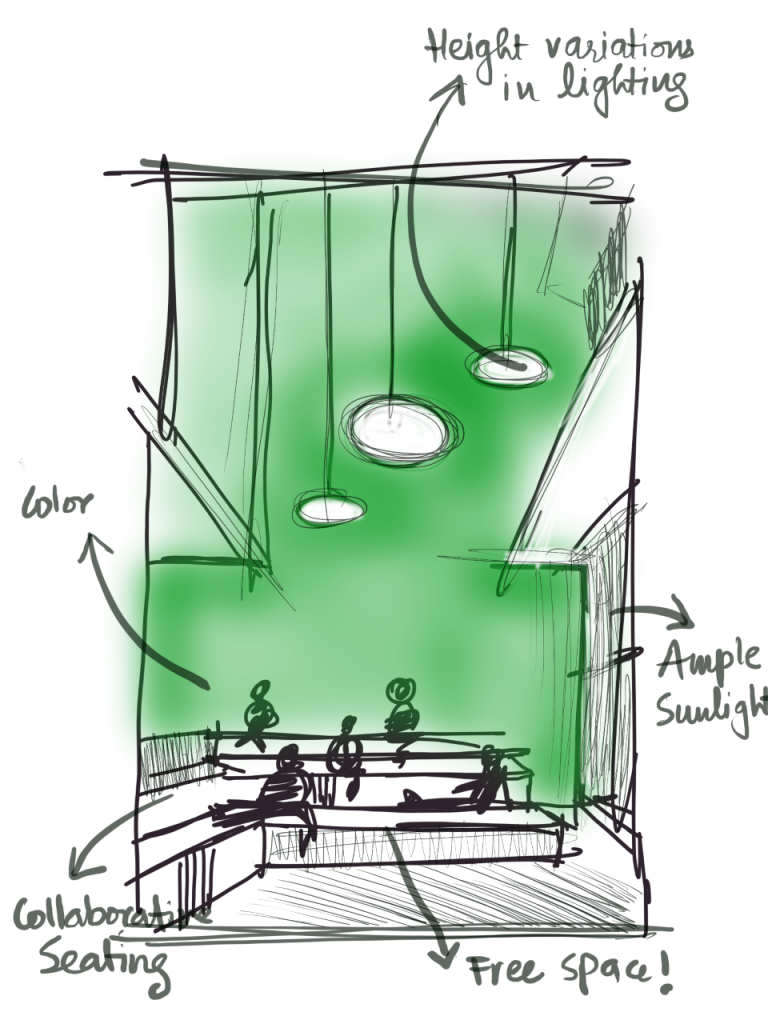Shriya Patel, a graduate student in the interior design program, is from Rajkot, India. Patel is always looking for new things to do, and enjoys lengthy conversations and finding ways to gain diverse experiences.
Since middle school, her her dream had always been to be a designer, always having a naturally intuitive feel for spaces around her. The Connector got to sit down with Patel and discuss her design process and details, and color’s role in interior design — something Patel describes as having various perceptual and emotional experiences.

The Connector: Is there a process you follow in choosing and determining the color for an area?
Patel: Spaces are an integral part of any human interaction, the spaces around us broadly define the connections we form and our outlook towards things. I feel that there is a meaningful design opportunity in delivering spatial experiences which influence our lifestyle and well-being where choosing the right color is a part of the process. After catering to building codes and understanding functions of the space, colors are determined. Colors are chosen from the inspiration drawn, which could be a natural element, artwork, emotion and later the colors are identified. Let’s suppose we are designing a small apartment, and as it lacks space it would be advised to use light colors and tones. The light colors can extend the boundaries of the room visually and make it appear larger, if we choose darker tones for the ceiling it will seem like it has less height.
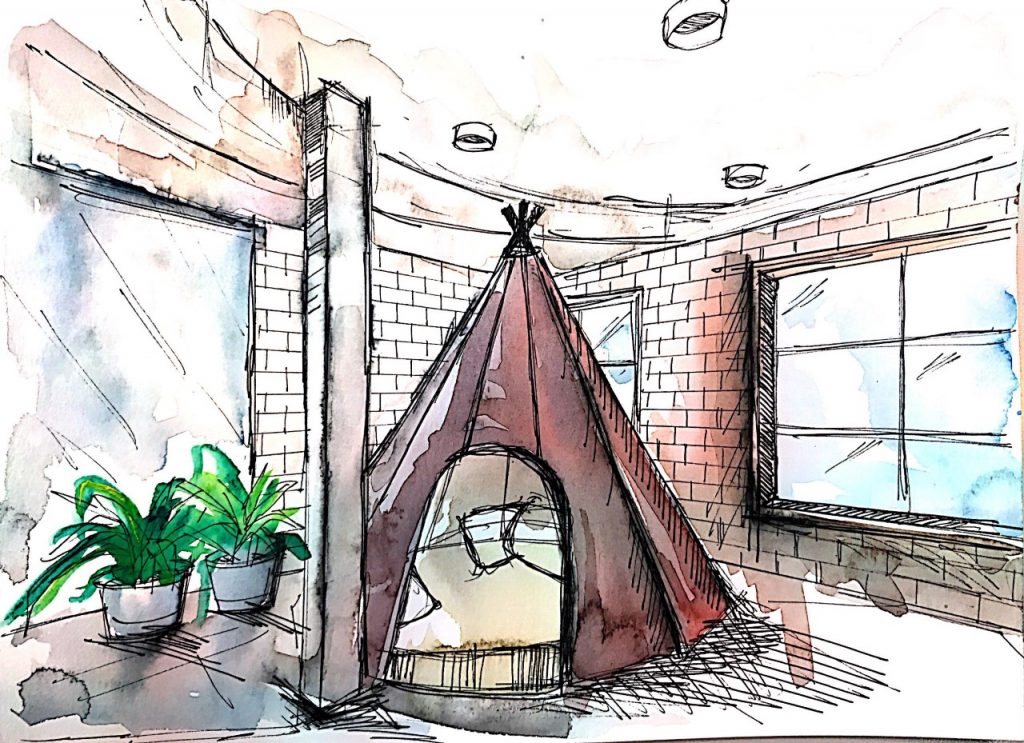
Courtesy of Shriya Patel. 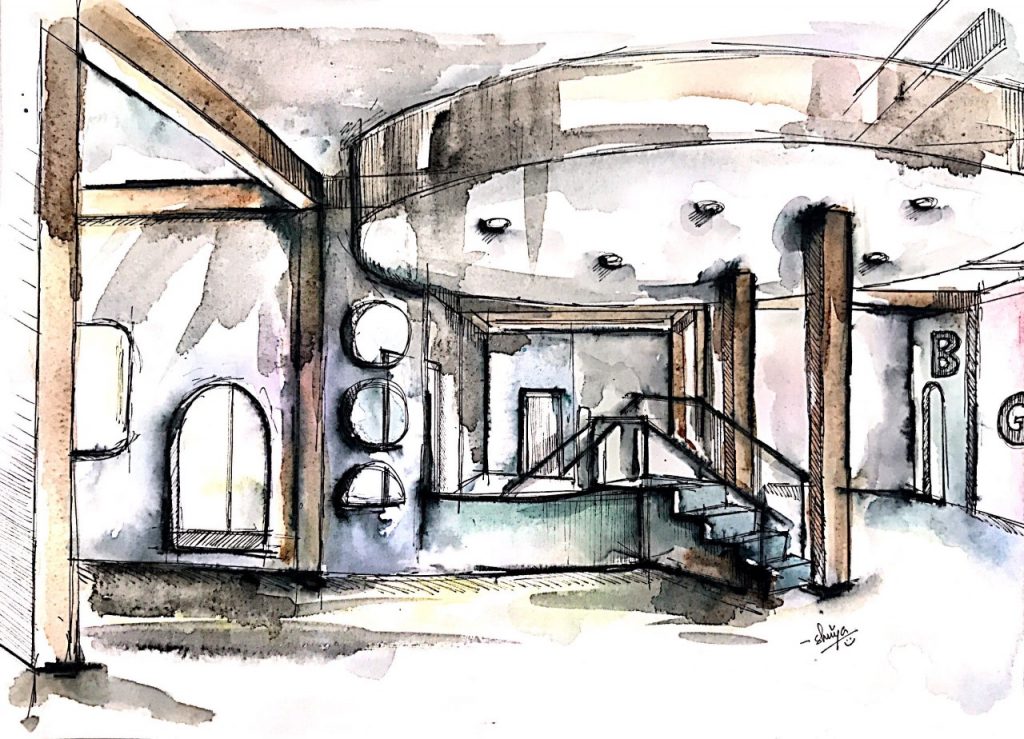
Courtesy of Shriya Patel.
The Connector: How important is the role of color in your work?
Patel: I believe color is a visual language which can be recognized by everyone whether it’s a kid, adult or elder. Each color represents its characteristics, moods and resemble stronger in large spaces than in smaller spaces. For a larger area, a lighter or more neutral color is favored. Choosing appropriate surface color depends on the hue, as well as the value and intensity of the color. People can design spaces that serve a specific target, but the use of color makes a huge impact as it excites a physiological action.
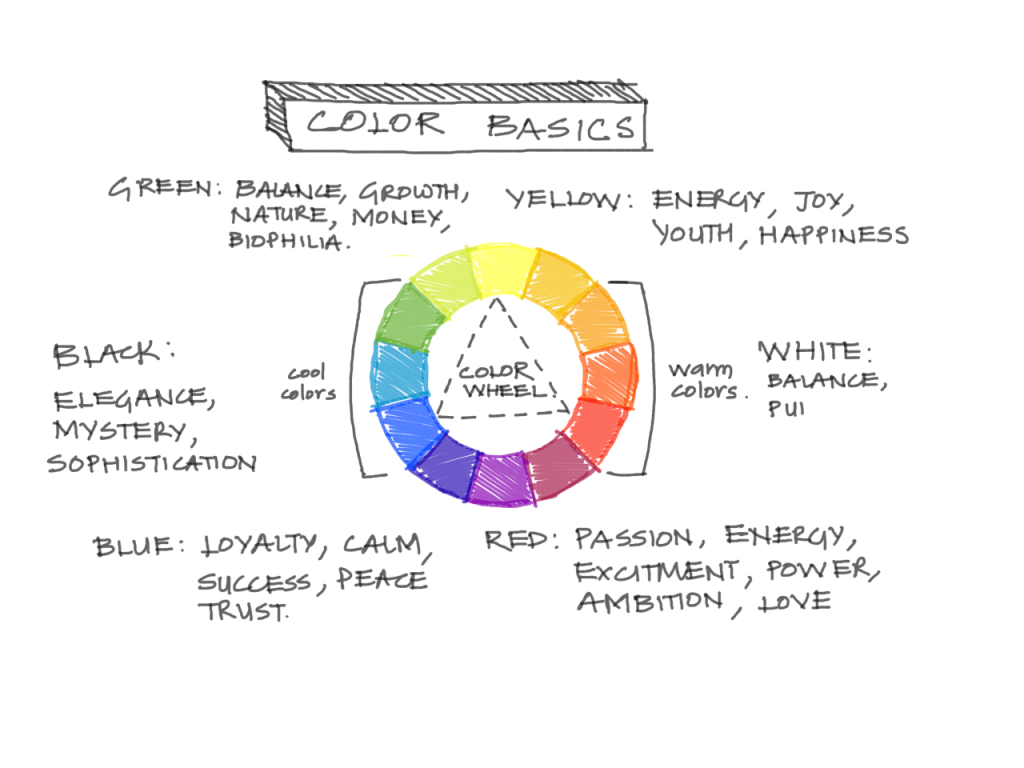
The Connector: When someone walks into space, would color be one of the first or last things they would notice?
Patel: When we enter a space, color is one of the most influential aspects of the environment which we remark first. Not only does it improve our involvement in that particular space but promotes human adaptation to the environment. Many studies have been conducted to explore the psychological influence of color: warm colors provide stimulation while cool colors communicate relaxation. Imagine yourself entering a new space; the first thing you notice is the look and feel of the area, which is the color palette. It can have a profound impact on space and the people in it. The effect of color on children spaces is hugely significant, the use of color within children’s learning environment has been shown to influence student’s behaviors, results and learning perception by affecting their attention. Color theories usually display the emotional and physical aspects of the space, with researchers and theorists claiming that color acts on the body as well as the mind.
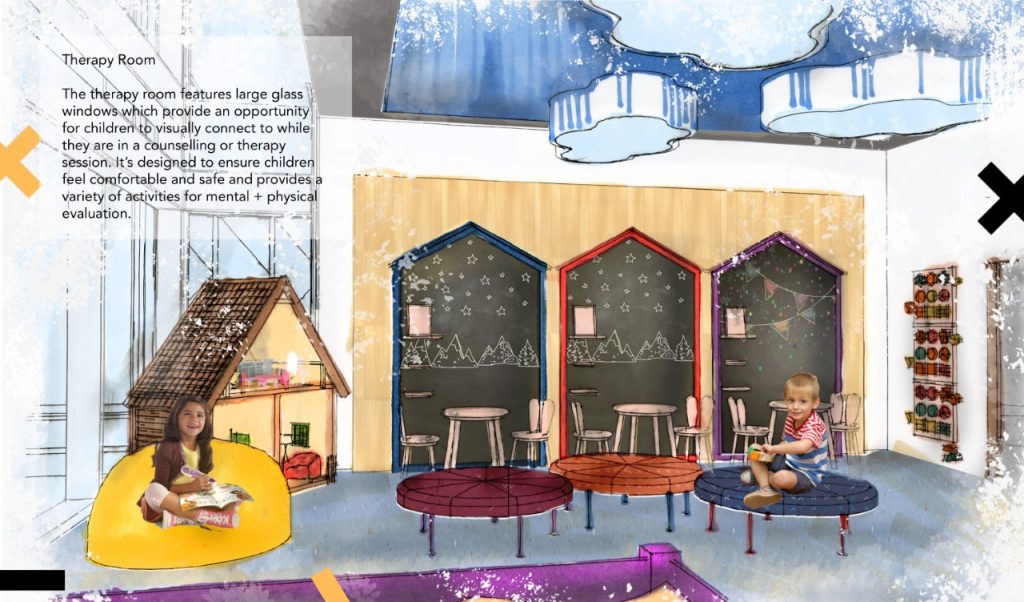
The Connector: The color white is popular to use throughout the whole house, why would it be so versatile?
Patel: A light, white color makes the room feel radiant and airier because the white color reflects light. That’s one of the reasons it’s essential to use that tone throughout the space. White represents purity, peace, innocence and cleanliness. A white wall with a bold artwork or with a pop of color will create high contrast in the space and can balance out the whole space, also adding visual interest to the entire space.
